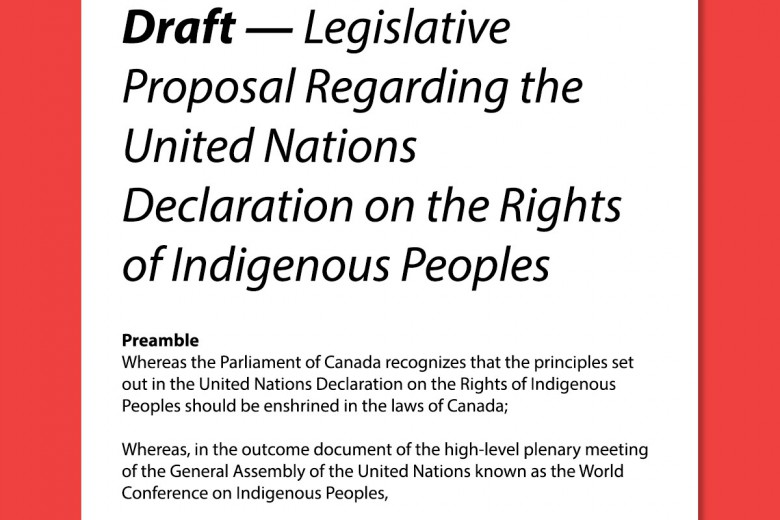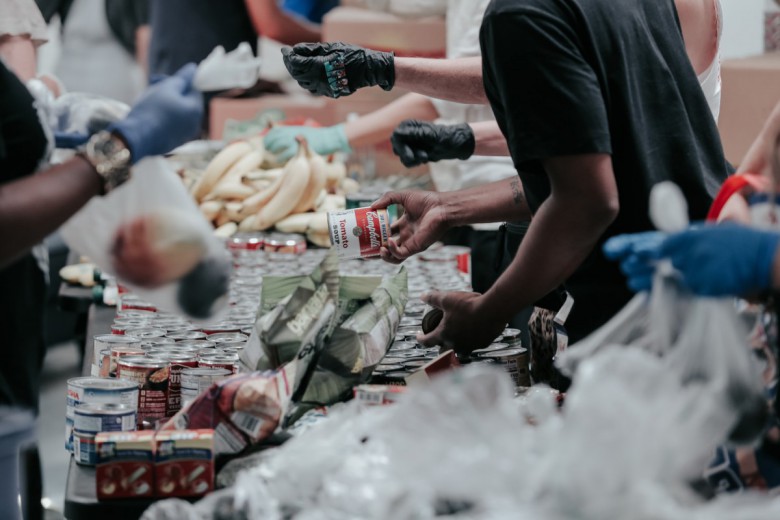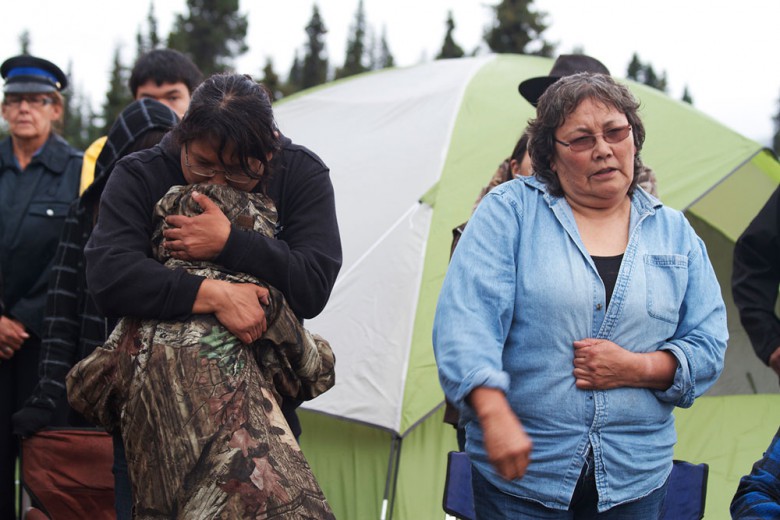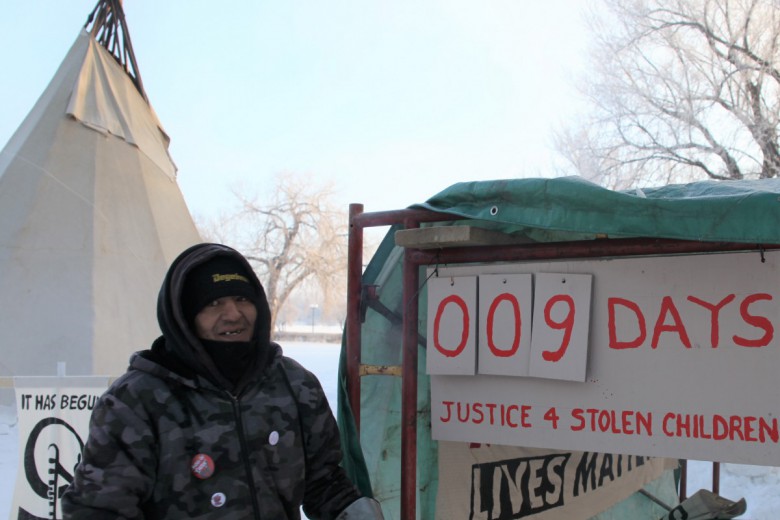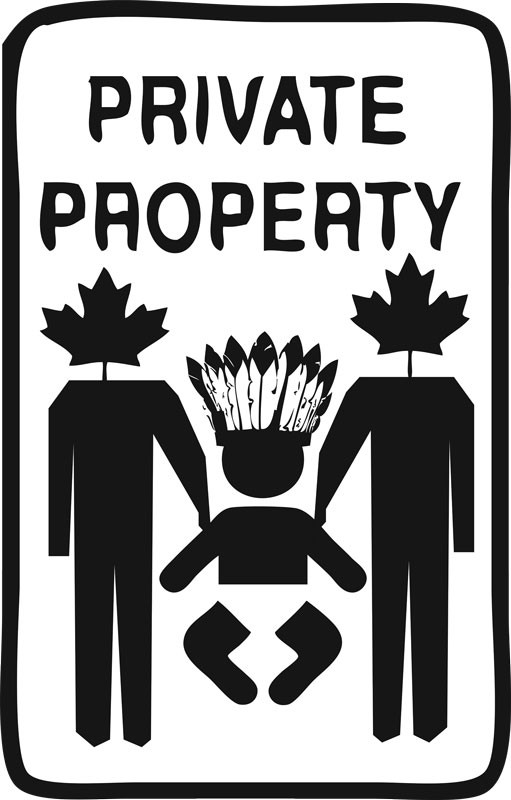
I’m sitting at a long brown table, a table scratched and worn by the god-knows-how-many people who have sat here before me. My feet barely touch the floor. An older lady, my lawyer, sits beside me.
My heart is thumping as I look out over the huge expanse of brown carpet to the large desk where the judge sits.
I glance up and see my adoptive father striding across the floor. He stares ahead, careful not to look over at me, and then sits down at the court officer’s request.
The fear inside me pushes my heart into my throat and I take a huge gulp of air, willing my heart to slow down.
I don’t remember much about what was said that day in court, decades ago. Everything that happened went over my 10-year-old head. But, I do remember the devastation I felt when I heard the words, “Christine is not wanted. We want to give her up to the care of the Children’s Aid Society.”
I remember walking out of the courtroom to the elevator with my lawyer. We were both quiet. I wanted to cry but couldn’t. My little fists were clenched at my sides. My insides were in turmoil, and all I could think was, “I don’t have parents anymore: I am an orphan.”
My life as I knew it changed that day, but the course I was on had started much earlier. I was a child caught in the Sixties Scoop.
The Sixties Scoop refers to the period of Canadian history from 1960 through the mid-1980s when thousands of First Nations children were taken from their homes and communities and adopted by non-Native families.
Figures from Aboriginal Affairs indicate that at least 11,132 status children were adopted in this period. Determining a precise number is all but impossible because adoption records rarely indicated Aboriginal status as they are now required to do.
In the Kenora, Ont., region in 1981, 85 per cent of the children in state care were First Nations children, though First Nations people made up only 25 per cent of the population. The number of First Nations children adopted by non-Native parents increased fivefold between the early 1960s and late 1970s, with 78 per cent of the adoptions of First Nations children going to non-Native families.
Disconnection
My experience with the Sixties Scoop began when my three siblings and I were removed from our mother’s care in the early 1970s in Winnipeg. My older brother was put into an institution because of developmental issues, but at age three and four, my biological sister and I were adopted out into a non-Native home in Ontario. My younger brother’s whereabouts are still unknown.
My sister and I were obviously different from the rest of our adoptive family. For the first couple of years, our situation seemed okay: there were no outright displays of abuse towards us, or none that I can recall. But once we started school, the emotional and physical abuse began. We were separated from our culture, kept from knowing our own language or traditions.
Our adoptive parents believed that because we were First Nations we were genetically predisposed to obesity. Their obsession with fat led them to withhold adequate food from us. They would lock me in the backyard, crying from hunger, with the family pets. When I was allowed to eat, I was given bland foods or small portions. My sister would convince me to go down to the kitchen late at night and sneak us some food even though it meant getting beaten if I was caught.
Physical and emotional abuse were a part of my daily life. I was called insulting and degrading names and, toward the end of my time with my adoptive family, I was locked in my bedroom and only allowed out to go to school. I reacted to this abuse by acting out and running away from home. At the age of 10, I was taken to a girls’ residence, and within months of arriving there, I found myself sitting in that courtroom hearing the words “you are not wanted.”
When I was returned to the care of the child welfare system, I was separated from my sister, my last connection to my birth family, for the next seven years. My experience was not exceptional. Breakdowns in adoptive families were common. Seventy per cent of Aboriginal children adopted into non-Native homes as part of the Sixties Scoop were returned to the care of the Children’s Aid Society.
The forced removal of First Nations children from their families and communities in this period had various consequences. Many children grew up without knowing about their culture, language, or traditions. The Canadian government’s colonialist policies made First Nations children feel something was wrong with them. This led to loss of identity, separation from birth families, and difficult reunions with birth family members in later years. Children had to fight to learn the ways of their people, often from outside their adoptive families and communities.
Métis historian Olive Patricia Dickason has said that “for aboriginal peoples the experience of externally enforced assimilation was a national one, as were its consequences: rising rates of substance abuse, with physical and health problems; psychological and sexual abuse; broken families, community dysfunction and soaring suicide rates.” The policy of “killing the Indian in the child” resulted in adults who were “disconnected from their communities, in turn mistreating their own children in a cycle that has passed from generation to generation.”
Without apology
I did not know that the turmoil and pain I was suffering were connected to the way that many other First Nations children in similar situations felt. The practice of adopting First Nations children into non-Native households had intense identity consequences for the objects of interracial adoptions. The adoptions, like the residential schools before them, created a deep and unhealed pain in First Nations communities. Jeannine Carrière, a Métis adoptee and adoptive parent and a social work instructor, describes the Sixties Scoop as the “most comprehensive assault on Indigenous families following that of sending Indigenous children to residential schools.”
As a ward of the state, I felt an immense loss that I could not explain to others around me. When I spoke of the loss I felt from being taken from my birth family and then my adoptive home, I felt worthless. I felt that if my own biological parents and, subsequently, my adoptive parents did not want me, there must have been something fundamentally wrong with me. There were many times I did not think I would survive and times I did not want to live.
In the child welfare system, I struggled in my foster homes because I believed that I was not worth caring for. I stayed longest in my third foster home, where the foster parents let me know from the beginning that, no matter what I did, they wanted me. Although I had this assurance from them, my self-esteem was so low that I continued to act out in their care. I had shut myself down. I turned my pain, hurt, and sadness inwards and became anorexic. My teenage years were fraught with confusion and pain no matter what others did or where I landed.
After my third foster home, I moved into an independent living home run by the Roman Catholic Children’s Aid Society that was supposed to help me learn to live on my own. I lived with several other girls and one staff member and had a semblance of support and routine, but my transition was difficult. I had been thrust into an environment I wasn’t prepared for. I had no one watching out for me when it came to the eating disorder, and my self-harm escalated. When I moved out on my own at 17, I was still a small child at heart.
Ultimately, my struggles with identity and eating disorders, and my numerous suicide attempts, landed me in an intensive care unit. I was in and out of psychiatric hospitals until I was well into my 20s. The hospital became a safe haven, a place that could protect me from myself and the emotional pain I felt. All I saw was a darkness from which I did not think I could ever rise.
It wasn’t until I entered post-secondary education at the University of Toronto in my early 30s that I learned about the Sixties Scoop and its effects on First Nations people. In learning about First Nations peoples and history, I also learned about the role of child welfare in the history of adoption in First Nations communities. For the first time, I realized my story was not unique and that other First Nations people were struggling with the same pain.
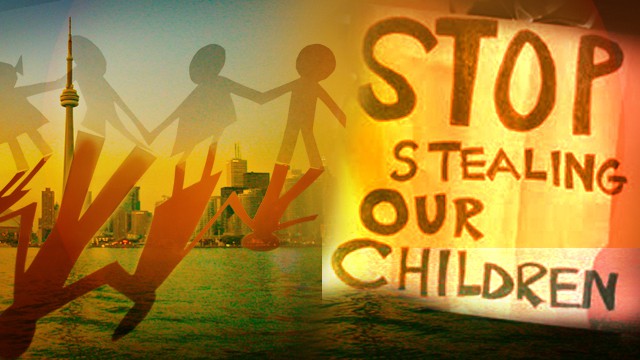
The Canadian government has made two apologies to the First Nations people of Canada. The first was on January 7, 1998, when then-Indian Affairs minister Jane Stewart singled out Indian residential schools as the most reprehensible example of Canada’s degrading and paternalistic Indian policies. The second was when Prime Minister Stephen Harper stood before Parliament on June 11, 2008, and offered an apology to former students of Indian residential schools.
Though Harper stated that the treatment of children in residential schools was a sad chapter in Canada’s history, I questioned why he didn’t also apologize for the systematic adoptions of First Nations children into non-Native homes, a central practice of the Sixties Scoop.
Where I am
The Canadian government’s attempt to assimilate First Nations children through adoption continues, but, since the time of the Sixties Scoop, there have been some important changes to child welfare policy. Beginning in the 1980s, the provinces and territories amended adoption laws to prioritize adoption placements that would keep children within their extended families or with other Native families. In 1990, Indian and Northern Affairs Canada created the First Nations Child and Family Services program which transferred the administration of child and family services from the province or territory to the local band. In many provinces and territories across Canada, children are now entitled to know their cultural background.
That said, in 2013, there are more First Nations children in state care than ever before. The estimated 27,000 First Nations children in child welfare account for 48 per cent of children in care even though they represent less than five per cent of the child population of Canada. These numbers reveal a colonial system still endured by thousands of Indigenous children and families.
Many First Nations adoptees from the era of the Sixties Scoop still fight feelings of shame and low self-worth. It has taken me many years to get to where I am, and I recognize that I am fortunate. I am doing what I love the most: writing. I know that I no longer have to destroy myself. It is within me to address the wrongs that were done to me and to change the legacy of my family and community, one step at a time, by making my voice heard. I want others to know they can fight too – and be survivors.


